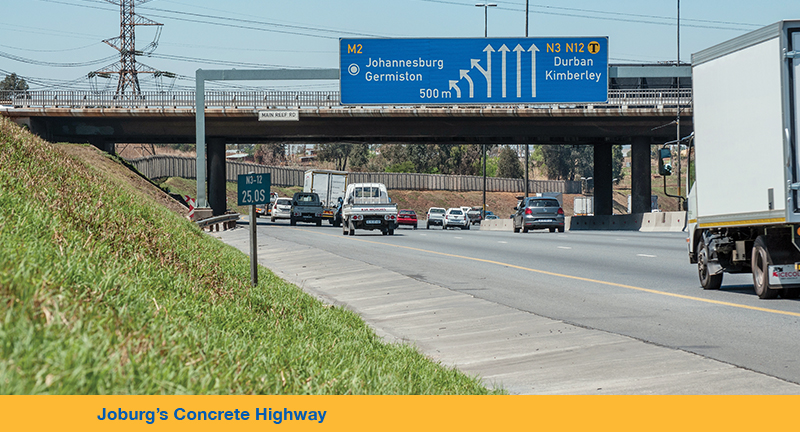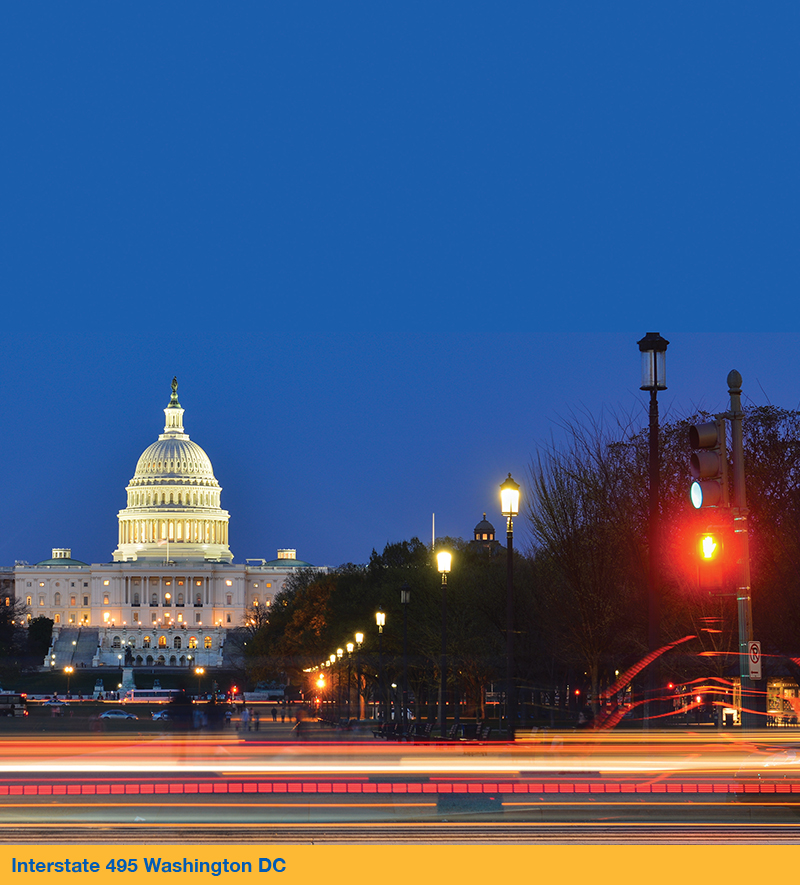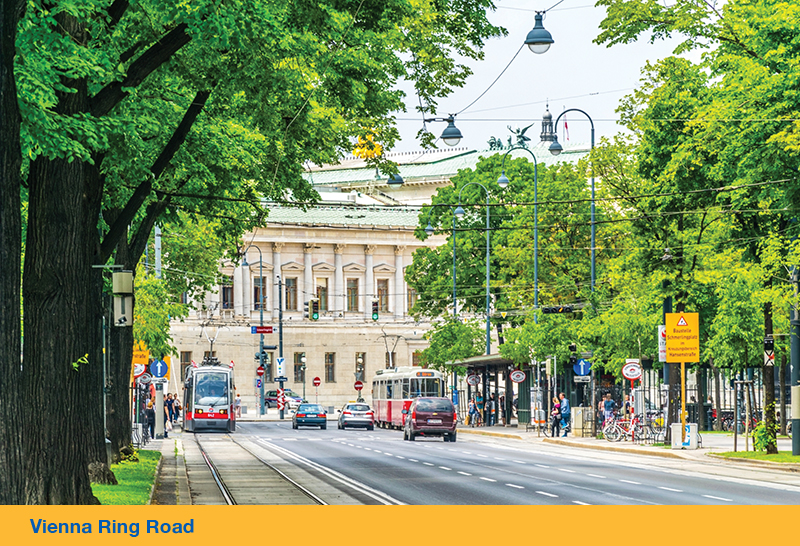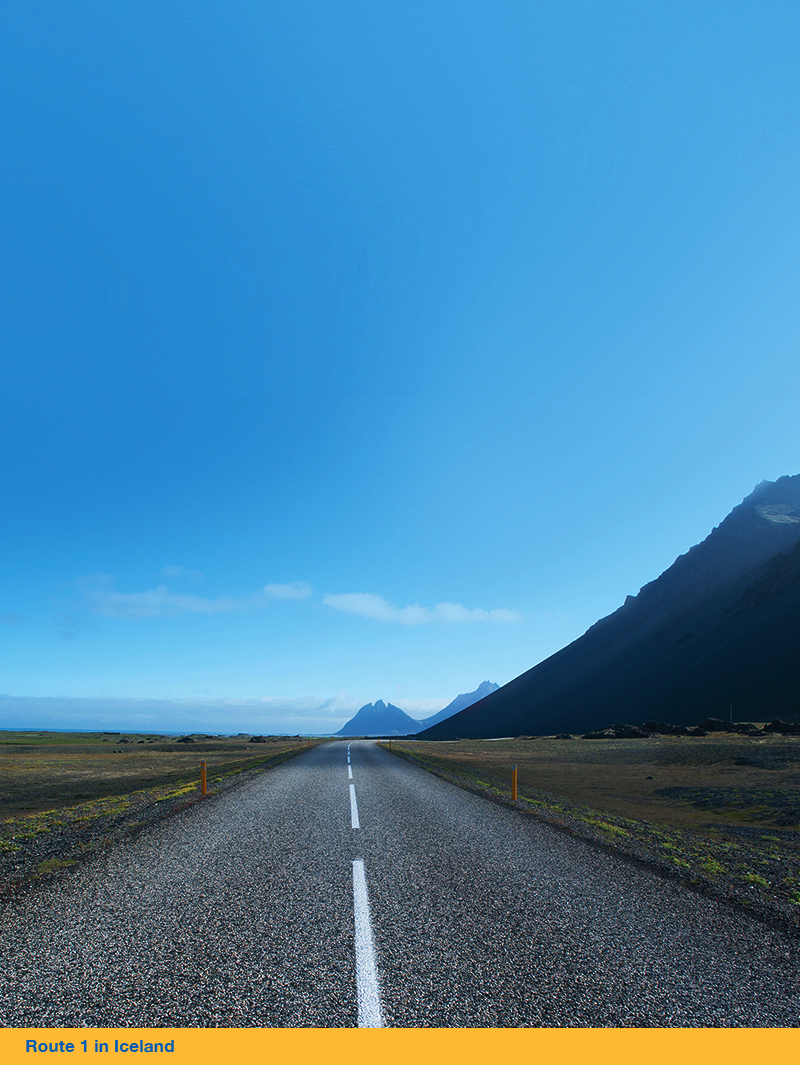One of the most notorious sections is around Town Hill, so a planned ring road will take traffic away from the N3 here.
Planning always includes local input at an early stage. No planning will start
if widespread consultation has not taken place and an environmental impact study completed. Local business, private individuals, the local municipality, the provincial authorities and farmer’s association have all been included in these consultations.
Similarly, the increase in traffic volumes on the N11, between the N3 and the N11 north of Ladysmith, is limiting the carrying capacity of this important link between Mpumalanga and KwaZulu-Natal.
It is the national roads agency’s responsibility, among other things, to provide long-distance mobility and road safety for both light and heavy vehicles.
The solution is a ring road; a road to circle around a town to make life easier for traffic and townspeople.

Concrete highway is a ring road!
Nobody calls it that, but the ‘concrete highway’ is a ring road – the Johannesburg ring road, which is the best-known of all such roads in South Africa. It is used by local commuters to get to and back from work, as well as commercial traffic that converges on the economic heart of the country. Construction started in the late ’60s.
The road is made up of three highways that meet at the city’s borders and form an 80km loop around it. There’s the N3 Eastern Bypass, which links Johannesburg with Durban; the N1 Western Bypass, which links the City of Gold with Cape Town and northwards with Pretoria and the Zimbabwean border; and the N12, which links the city with the Mozambican border, as well as Kimberley on the way to the Western Cape.
The N1 and N12 were constructed using concrete, hence the nickname
‘The Concrete Highway’. It was substantially upgraded a decade ago, but traffic volumes have increased so much that congestion is once again rearing its ugly head.

Beltway bandits
‘Inside the Beltway’ is an American political idiom. It derives its meaning from a ring road, or capital beltway Interstate 495, which circles Washington DC. It is taken to mean “a matter that is important to political and administration insiders, but not the wider US population.” These government insiders are sometimes called ‘Beltway bandits’ – mostly by people who prefer a little more transparency in government.
But it does have a geographic meaning too. ‘Inside the Beltway’ also describes Washington DC and the parts of Maryland and Virginia that lie within it.

Lord of the ring roads
Some ring roads literally bring the walls down, which is what the Ringstrasse (Vienna Ring Road) did. It is not really a beltway around the whole city, as it only rings the old town. It’s surrounded by architecturally unusual public buildings and a few opulent private ones. It is known as the ‘Lord of the Ring Roads’ and is actually a Unesco World Heritage site.
The Austrian capital was surrounded by defensive walls from the 13th century onwards. Over time, it became clear that they were redundant – artillery could render the walls useless. Soon the development of the city moved outside its ancient defensive walls.
In 1857, emperor Franz Joseph I ordered their destruction and replacement by a grand boulevard, which is now the ring road. It was seen as a showcase for the grandeur of the now-defunct Austro-Hungarian Empire.
It was probably a coincidence that wide boulevards made the kind of street insurrections of the European-wide uprisings in 1848 less likely – erecting street barricades became more difficult and the protestors easier fodder for the artillery.

Ring of ice
Some ring roads don’t circle a city or town, but a whole country, such as Route 1 in Iceland. This changes the way one looks at a ring road. For the locals, it’s a way of getting around quicker, because they can avoid town, but it is also a marvellous tourist attraction, purported to be one if the best road trips anywhere.
Some road trip. At 1 332km, it’s almost like driving the 1 400km from Johannesburg to Cape Town along the N1. Yet completely different. It’s colder to begin with, as Iceland lies just outside the Arctic Circle.
It is a country of beauty – rolling hills, jagged fjords, cliffs with waterfalls, lava fields, erupting geysers, glaciers. Basically everything you will not find along the N1.
The Icelandic ring road is an easy but lengthy drive: the road is good, sign posts are clear, there are regular rest stops and filling stations, and plenty of good accommodation. If it is part of a holiday, time is of the essence. In winter, because of extreme weather, the road trip can take anything between 10 and 14 days.
You have to watch out for strong winds, which can badly damage a car door when it’s open. And sheep, which are allowed to wander freely around Iceland in spring and summer.
What a drive!